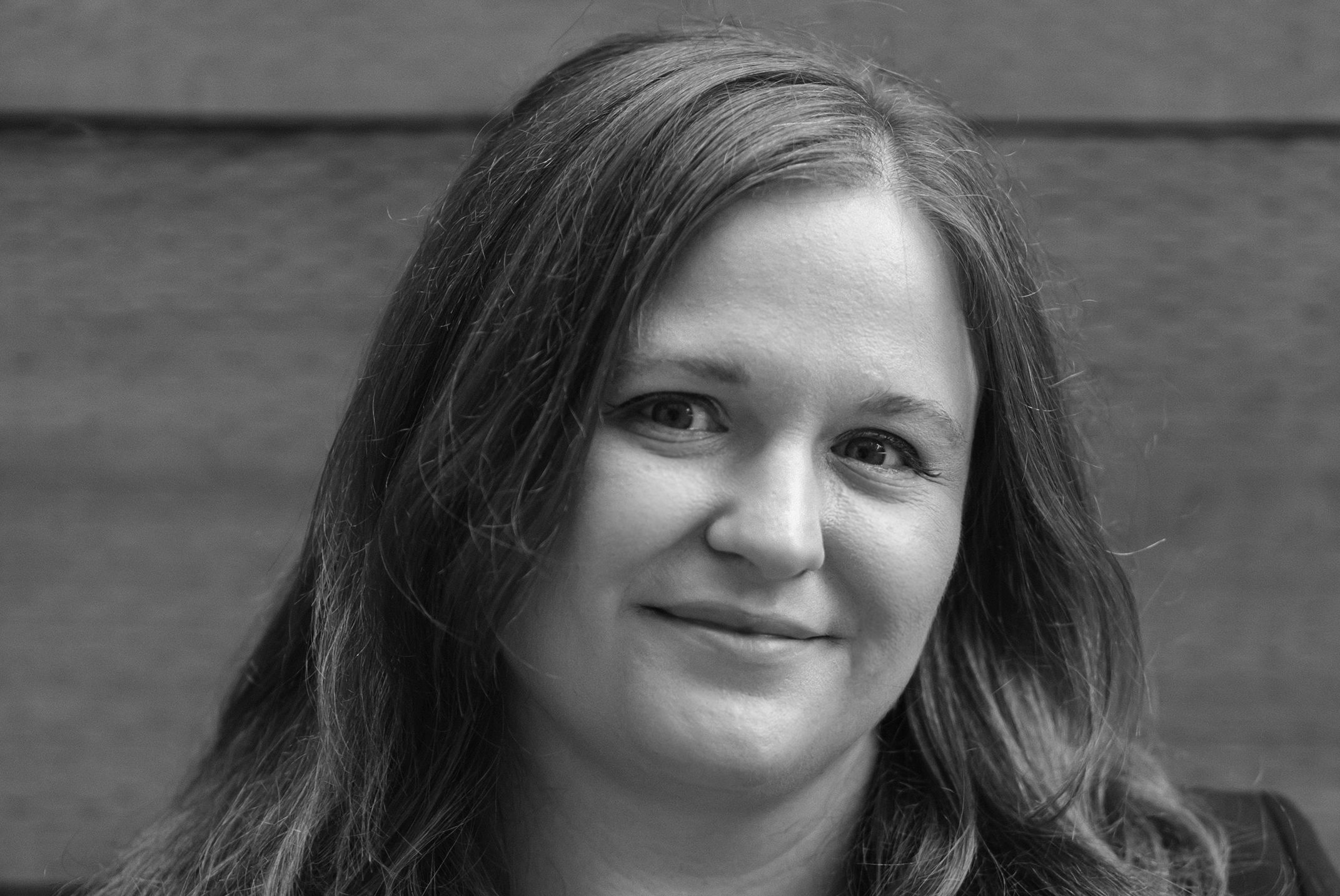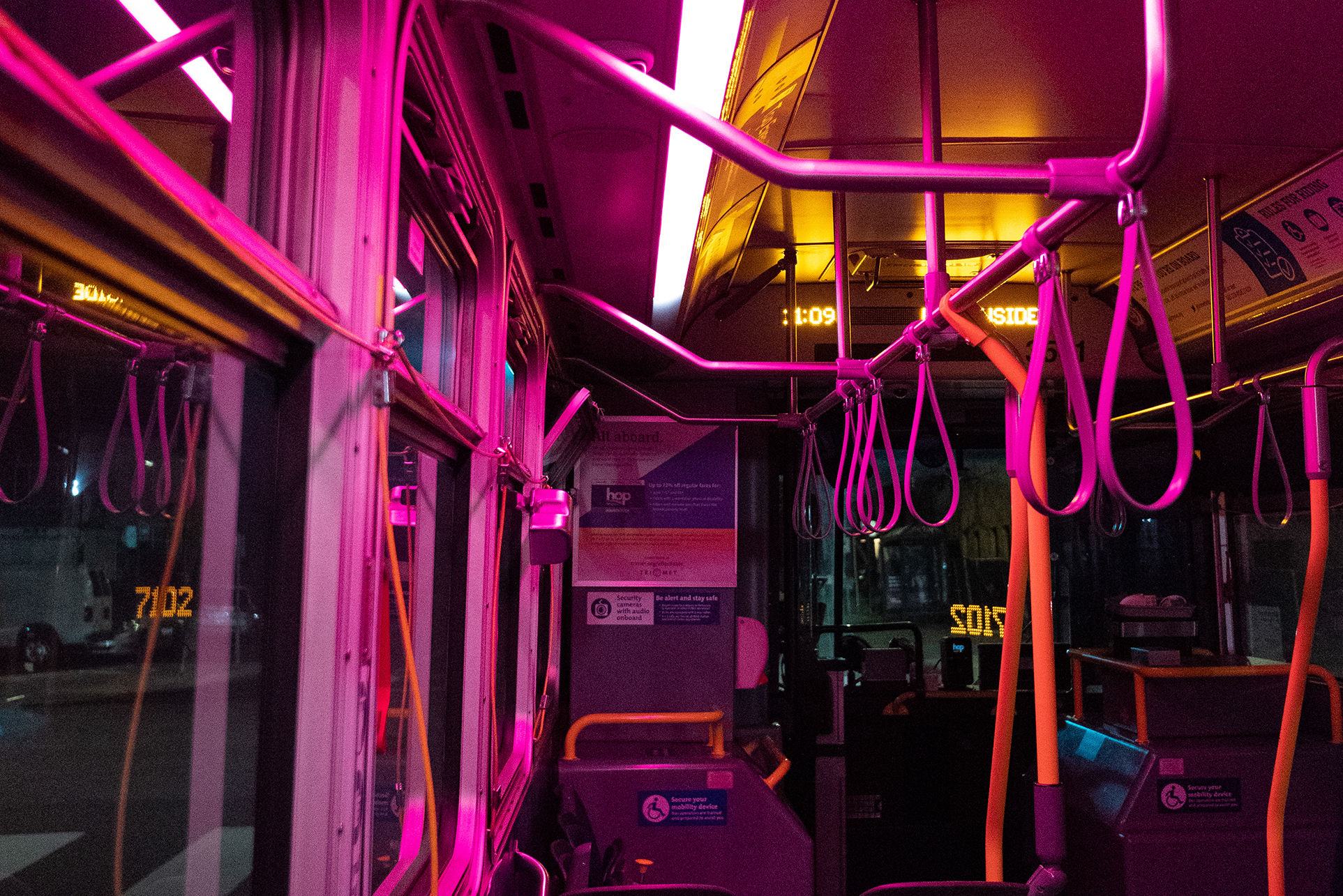Trump’s Portrait of Portland Is a Violent Fantasy

On Saturday, September 27, President Donald Trump authorized the deployment of National Guard troops to Portland to “protect” our city, which he has described as “war ravaged.” He authorized “full force,” later telling top military leaders that he wanted to use major American cities like ours as “training grounds” for soldiers. The decision is presumably related to the ongoing protests outside the ICE facility on S Macadam Avenue. “They’ve ruined that city,” he said of Portland in early September, during a press interview. “What they’ve done to that place, it’s like living in hell.”
Since that first comment in September (though it’s far from the first time our president has meandered his way toward the subject of this so-called “antifa” breeding ground), Portlanders have been posting videos on social media of the city in its finest form, often set to audio clips of the president besmirching its character—images of tree-lined streets, rose gardens, Powell's aisles, karaoke nights, Forest Park trails, Pickathon shows, Pedalpalooza rides, swirling swifts at dusk, scenes of a perfectly lovely city. “Some are asking how I found the courage to make… pumpkin bacon soup here in war-ravaged Portland,” our restaurant critic, Jordan Michelman, captioned an image of a chunky autumnal stew.
All the while, the New York Times has presented Trump’s warped portrait of contemporary Portland as reasonable: A story published this weekend tacitly blamed the city’s impending takeover on its “socialist revolution,” referring to the four Democratic Socialists of America members on the 12-person city council. It blamed Portland's progressivism for crises that have affected cities around the country, like the spread of fentanyl and rise in homelessness, attributing the spike in overdose deaths to the now-reversed Measure 110, which famously decriminalized all drugs up to a certain amount (this claim was debunked by research completed in 2024). “In recent years, the city became known for boarded-up storefronts, open-air drug use, homeless encampments and explosive protests,” reporter Kellen Browning writes.
Portland, like any city on the planet, faces plenty of challenges. But protest, a right protected by the First Amendment, is not one of them. The “war zone” narrative becomes even more ridiculous when you observe the protests outside those ICE facilities: people holding fishing rods hooked with doughnuts, crowds stomping along to the “Cha-Cha Slide,” a dude in a frog suit, someone shouting at heavily armored agents to show him their toes. That hasn’t stopped officers from using tear gas, flash-bang grenades, and pepper balls on protesters—“without any clear signs of provocation,” in the words of OPB. An agent even shot mace into the frog suit guy’s air vent.
Often, when people talk earnestly about a “war ravaged” Portland, they reference the chaos downtown in 2020; they evoke images of property destruction or violence or fire. From what I saw down there, back then, the vast majority of “violence” that occurred did not come from the side of protesters; it came in the form of screaming LRADs, or long-range acoustic devices, that left people curled on the ground, gripping their ears. It came in the form of “less lethal” crowd mitigation, tear gas and pepper spray that scalded protesters’ eyes and throats, leaving them gagging on their hands and knees in Lownsdale Square. Welts from rubber bullets. Bruises from night sticks. Most came from the side of law enforcement, which, eventually, included federal officers—officers who grabbed protesters off the street in unmarked vans. Often, these images aren’t what people reference when writing about, or talking about, this period. People instead describe broken windows and graffiti, causes of financial or emotional harm, but uncommonly physical.
Even if Portland were in the throes of chaos the same way we were back then, even if that dusty old footage of a burning city were representative of where we are now, it would not be a justification for the deployment of troops. “This is an American city,” Portland Mayor Keith Wilson said in a September 26 press conference. “We do not need any intervention. This is not a military target.”
This Saturday, Trump-appointed federal judge Karin Immergut issued a temporary restraining order that blocked the president from sending Oregon National Guard troops to the state’s largest city; then, when Trump tried to reassign California troops to Oregon in an apparent attempt to get around the ruling, she again blocked the president, expanding the order to any “federalized members of the National Guard.”
It’s unlikely that these temporary orders will stop the president’s efforts. It’s also unlikely the city will stop protesting. In another New York Times dispatch from Portland, published this weekend, Oregon-based columnist Nicholas Kristof suggests Trump’s militarized march on Portland is really meant to egg on the locals: “My hunch is that Trump’s main aim in sending troops to Portland is to provoke street violence and bolster his narrative as a leader who’s tough on crime while distracting voters from the Jeffrey Epstein files, the weakening economy, and rising prices,” he writes. “Trump’s plan may succeed: It’s entirely possible that he will incite young hotheads into fighting back.” Kristof references a press conference from before Trump decided to send the troops west, when senator Jeff Merkley asked Portland protesters to “not take the bait.”
“President Trump has one goal,” Merkley said. “He wants to induce a violent exchange. Let us not grant him that wish. Let us be the force of orderly peaceful protests celebrating our rights as Americans to express ourselves and say ‘No’ to an authoritarian president.” Of course, nonviolent protest is the goal; the vast majority of people protesting at the ICE facility are doing so peacefully, as confirmed by Immergut in her ruling. But the overarching narrative here is one that has become increasingly exhausting for a young progressive audience: Feel free to protest, but if anyone in your cohort approaches the unpresentable, your whole movement is lost.
It feels obvious but increasingly necessary to say that image does not a cause make; aesthetics are not the sole determinant of value. A city does not need to be all cherry blossoms and street fairs to be worth protecting. No protest—no gathering of human beings in general—is going to be monolithically well-behaved. And using even the most rowdy rally as a “training ground” for troops goes against the founding tenets of this country’s constitution. Portland isn’t war-ravaged, but if things start approaching the unpresentable, it won’t be the fault of Portlanders.




